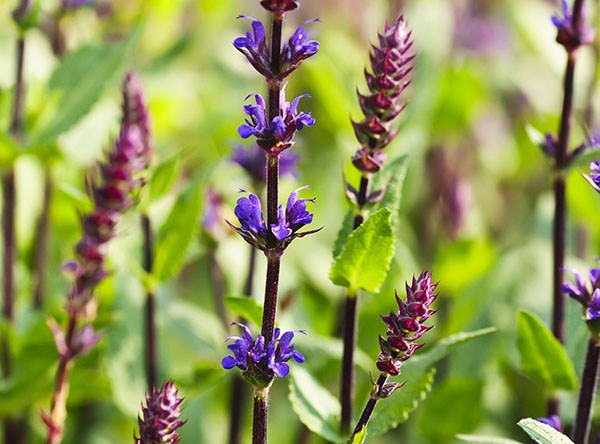September is one of my favourite months in the garden. I love the transition from summer’s blooms into the more subtle and complex shades of fall and winter.
Sadly I missed six weeks of what is going down on record as one of the most beautiful summers Squamish has seen. But sunshine has its costs. Watering restrictions are now a common reality, and the heat and lack of rain asks us to consider and seek out plants that are more able to adapt to dry conditions
One of my favourite workhorses in the garden and a plant that does well, once established in dry conditions, is Perovskia. Commonly known as Russian sage, this hardy perennial is ideal for a dry garden. There are quite a few varieties that range in height from two to five feet, so depending on the space you have, you can choose accordingly.
I like Perovskia atriplicifolia “Little Spire,” which is one of the smaller cultivars and reaches a mature height of two feet. It has small grey/green leaves and an airy upright habit. The stems are woody, like lavender, and the sprays of violet - blue flowers grace this plant from July to September.
I saw renditions of this plant all over Spain and France this summer and there is a distinctly Mediterranean feel to it. It partners well with plants that are cream coloured or silver, and offers cool tones to the garden.
Russian sage thrives in full sun and can do well in sandy soil. Just make sure your drainage is very sharp. It doesn’t do well in wet boggy spots. The mature height is two feet and the width is about the same. Hardy in zones five to nine. Once established, it is drought tolerant, but needs occasional watering in prolonged dry weather.
Perovskia is considered a “sub shrub” (a perennial with a woody base) like lavender, and requires a small amount of maintenance. After the blooms are finished in fall, just cut the plant back to six inches before the new growth starts in spring.
For those of you who have a shadier site in the garden, an excellent drought-tolerant perennial selection is Epimedium. I am a big fan of Epimedium “Sulphureum,” which grows incredibly well in dry sites.
This slow spreading perennial grows to a height of one and a half feet, with a spread of 12 inches and is hardy from zone 5 - 9. It tolerates a wide range of conditions, but flowers the best in open to dappled shade.
Full shade gardens will provide more foliage and fewer flowers.
Epimedium or Barrenwort (common name) has evergreen heart - shaped foliage. The new green leaves that appear in spring are often red tinged. This is followed by delicate, almost fairy-like yellow flowers that are two-toned pastel and butter yellow.
This perennial requires little maintenance, but I like to cut back the old leaves to the ground in January - February to allow the delicate new flowers to take centre stage.
There is a wide selection of water wise plants, trees and shrubs available. A little research will provide endless possibilities for the dryer garden.



